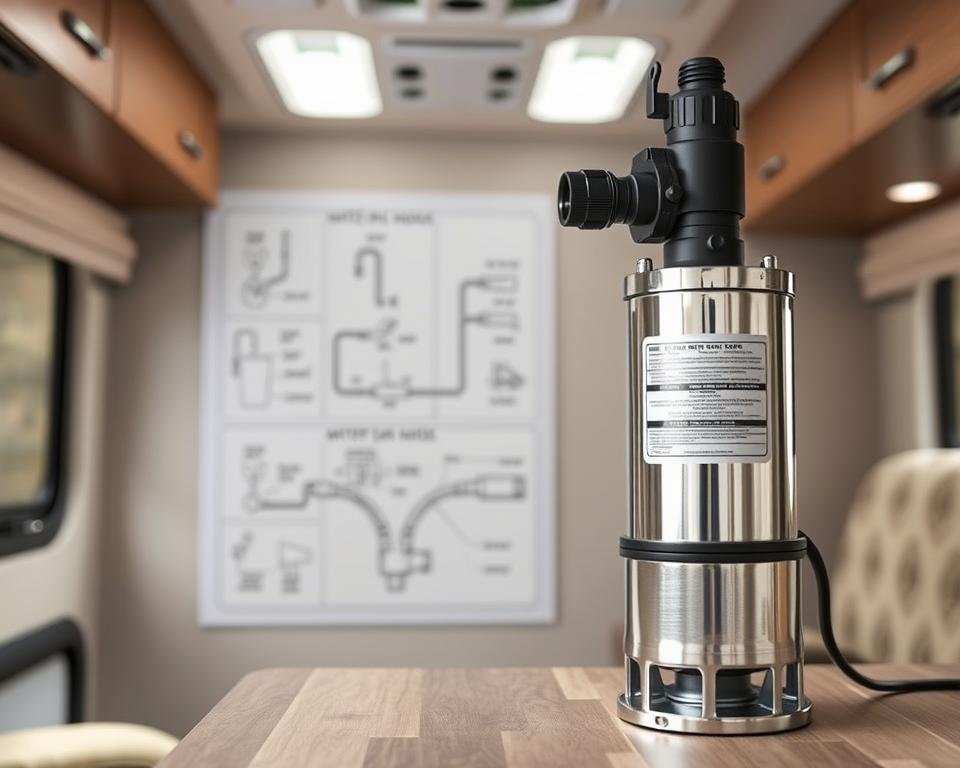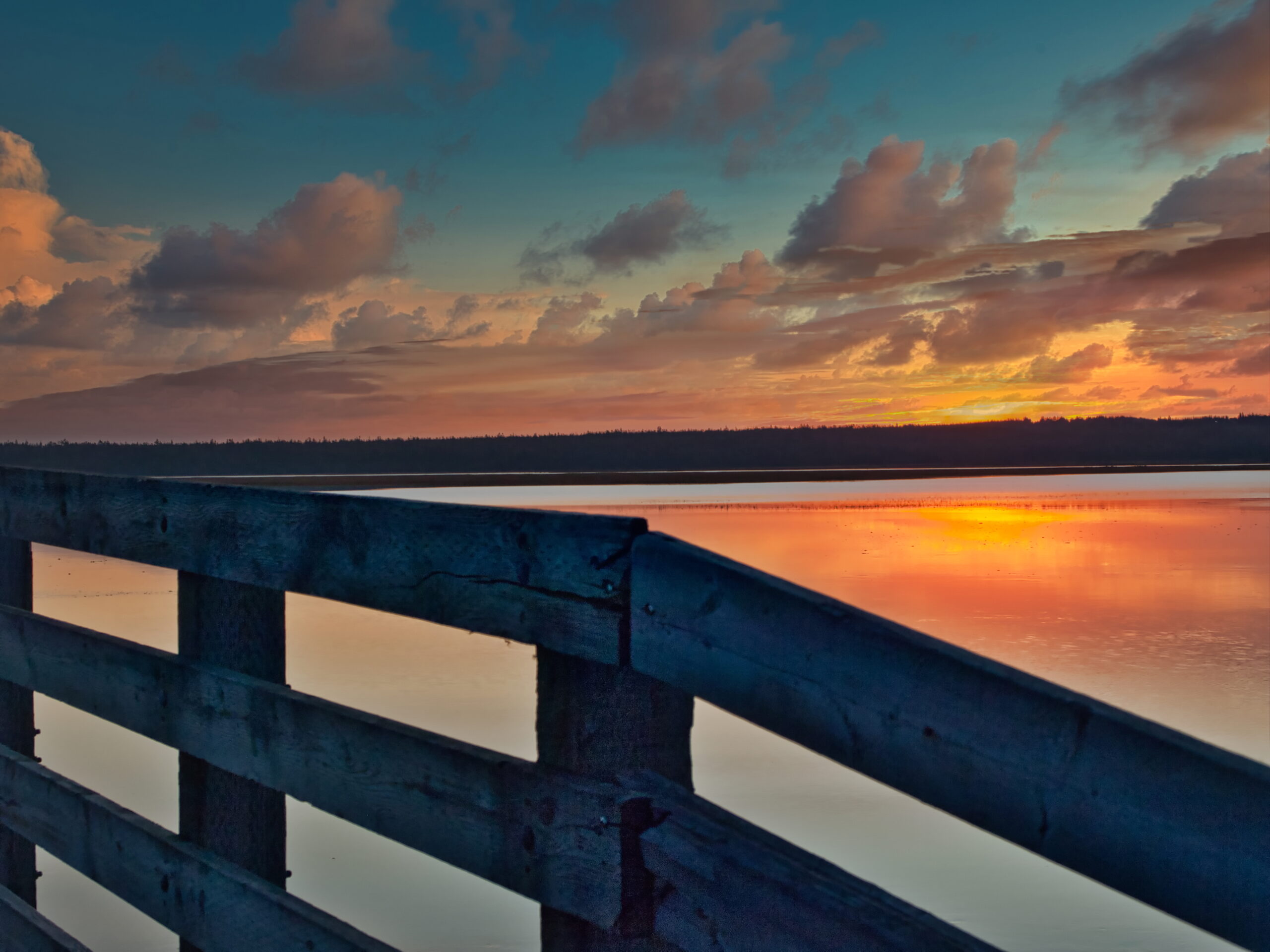Motorhome Water Tank and Pump: – Essential Manual
Want to know what keeps your road trips rolling without a hitch? It’s all about your RV fresh-water Tank and Pump. If you’re bound for national parks or a simple weekend retreat, mastering your RV’s water system is crucial. The following guide we explore the fundamentals: the parts, upkeep, and tips for smooth travel. Grasping each element, from the plumbing network to Tank filling, secures water is always on tap during your journeys – RV septic removal.
Fundamental Findings
- Understanding the RV water system improves your travel experience.
- The RV fresh-water Tank & Pump are crucial for a dependable water supply.
- Regular upkeep prolongs the service life of your RV plumbing.
- Knowing proper fill techniques for your reservoir correctly can forestall future issues.
- Fixing your water Pump can rescue you from sudden problems.
Getting to Know RV Water Systems
RV water systems divide into two primary parts: the fresh-water setup and the wastewater mechanism. The clean-water circuit features several key elements like the storage Tank, Pump, and faucets, echoing household plumbing while catering to the mobile needs of road living.
Ensuring drinkable water is non-negotiable for the system’s reliability. It guarantees the well-being of all passengers. It’s vital to keep the RV plumbing in excellent order through routine maintenance – including proper drainage to prevent leaks and other hiccups. Frequent inspections let RV enthusiasts avoid water-related headaches during their journeys.

The Importance of the RV Fresh-Water Tank
The RV fresh-water reservoir is pivotal for a seamless journey. It houses the clean water necessary for drinking, cooking, and cleaning. The volume of this container differs with each RV model, impacting how much water can be stored – and directly dictates how long you can travel before requiring a refill.
Keeping the RV water Tank sanitary is vital. Routine cleaning prevents harmful contaminants, so the water remains safe for use. Skipping maintenance can promote bacteria or algae growth, rendering the water hazardous.
Understanding the RV Tank’s role improves water management during trips. Diligent upkeep and timely refills ensure a worry-free experience. It’s crucial to have ample water for all travel needs, guaranteeing a smooth RV adventure.
Topping Up Your RV Fresh-Water Tank
Refilling your RV water Tank requires meticulous action to ensure it’s done correctly. There are two primary methods: gravity-feed filling and pressure filling. Understanding these methods greatly enhances your RV conditions.
Gravity filling is direct. You just need a food-grade water hose. Connect this hose to a water source, then to the fill opening, and let gravity take over. Remember to keep an eye on the water level to avoid spills.
Using city pressure relies on a city water connection, which is faster results. You must use a pressure regulator to manage water flow. Connect the hose from the municipal source to your RV. This method ensures speedy and consistent supply to your reservoir.
Whichever approach you use, follow these vital safety tips: Consistently monitor the Tank when filling to prevent overflow, and use safe water to avoid health issues. Knowing these filling and safety techniques will turn your RV trips even more enjoyable.
RV Water System: Key Components Explored
The RV water Tank and Pump are crucial to any RV’s plumbing system, providing a consistent and efficient water supply for all your needs. The RV water Pump’s main job is to draw water from the reservoir, so clean water is always on call. That’s vital for cooking, cleaning, and showering.
RV plumbing offers different Pump types, each with distinct benefits. Diaphragm pumps are favoured for their even water pressure, while centrifugal pumps are loved for simplicity and efficiency. It’s essential to weigh flow rate, noise, and installation ease when selecting your Pump.
To wrap up, the RV water Tank and Pump are indispensable to your water system’s functioning. A robust Pump delivers strong pressure and smooth flow, enhancing your overall travel experience.
Selecting the Best-Fit RV Water Pump
Choosing the ideal RV water Pump is essential for your water system’s peak performance. When picking a Pump, considering several points is important for a great camping experience. Ensuring it matches your RV’s water system is key.
Keep these primary aspects in mind:
- Flow Rate: Opt for a Pump with a flow rate that matches your usage needs. A higher flow means faster reservoir refills.
- Pressure Ratings: Your RV’s various fixtures determine the required pressure levels. Go with a Pump whose specs align with those needs for smooth operation.
- Noise Levels: Noise can be an issue with some Pumps. For a calm cabin, check models for their noise output.
Brands like Shurflo and VEVOR are high on the list for many RVers, each offering distinct advantages. A thoughtful assessment of these brands will guide your decision-making process.
Grasping these factors is not only crucial for the right purchase but also equips DIY enthusiasts with essential know-how for upkeep and replacements.
Using City Water for Your RV
Connecting your RV to city water allows for an uninterrupted supply of fresh water, freeing you from just using your Tank. This delivers a more comfortable camping experience. Be sure to follow safe steps for a trouble-free hookup.
First, find the city water connection port on your RV. It’s often marked by a bright or black connector, sometimes tagged for ease. Use a potable water hose rated for RVs; this kind of hose maintains your water safe from contaminants.
It’s critical to install a pressure regulator before making the connection. This gadget safeguards your plumbing by controlling the water pressure. With the regulator in place, connect the hose from it to the water source.
Once connected, watch the water pressure. Aim for a steady, gentle flow to prevent hose damage. Check your hoses regularly for any wear or leaks and promptly replace parts as needed.
Following these steps for city hookup boosts your camping convenience and helps in maintaining your RV’s condition.
Looking After Your RV Water Tank
Making sure your RV’s fresh-water reservoir is properly maintained is vital for fresh, healthy water while out on adventures. A sound Tank avoids bacterial growth and contamination. To begin, periodically sanitise the Tank: combine water with a bit of bleach for an effective residue-free clean.
It’s important to watch for leaks and control Tank pressure. Regular checks can detect problems early, preventing expensive fixes. A maintenance routine preserves the water system in top shape.
For optimal maintenance, use a checklist:
- Check water levels and quality frequently.
- Sanitise the Tank twice a year with a bleach solution.
- Inspect for leaks in the reservoir.
- Monitor Tank pressure and Pump function.
- Flush the Tank to clear any sediment buildup.
RV Water Pump Problem-Solving
RV water Pump glitches can be vexing, disrupting travel plans unexpectedly. Facing strange noises, experiencing low pressure, or facing complete Pump failure are common problems. Understanding how to troubleshoot these issues can greatly enhance your trips.
Hearing odd sounds from your Pump may signal a problem. Start : check for loose connections and secure them. When there’s low water pressure, inspect hoses and fittings for leaks. Even a small leak can greatly affect flow, early troubleshooting is critical.
If your Pump fails completely, verify electrical connections. Start with examining the Pump’s fuse. Should the fuse is fine, dig deeper for wear or damage.
A systematic routine identifies and resolves water system issues. Routine maintenance and inspection guarantee hassle-free journeys.
| Issue | Possible Cause | Suggested Solution |
|---|---|---|
| Strange Noises | Loose connections | Tighten fittings |
| Low Pressure | Leaky hoses/fittings | Find & seal leaks |
| Pump Failure | Electrical fault | Check fuse/wiring |
| No Water Flow | Blocked lines | Flush obstructions |
Tips for Smart RV Water Use
Boondocking in off-grid areas typically entails limited water access. Efficient use in your RV is key. By adopting smart conservation tactics, you not only manage resources well but also boost camping satisfaction.
To make the most of water while travelling, use these tips:
- Take shorter showers – aim for under five minutes.
- Install water-saving fixtures like low-flow showerheads and faucets.
- Reuse used water: dishwater can flush toilets or water plants.
- Monitor reservoir levels regularly to prevent overflow.
- Plan water stops in advance: know filling stations along your route.
In Closing
Grasping the intricacies of your RV water systems is crucial to a fulfilling travel adventure. The water Tank & Pump remain at the core of this, demanding consistent upkeep. By servicing these systems, you ensure a dependable supply and avoid potential snags.
Diligent troubleshooting and checks fetter stress and spare time. Being proactive about upkeep is essential, especially when you’re far from help. Proper care lets you to optimise water use, raising comfort for everyone.
As you set off, use this guide to command your RV’s water systems. Smart decisions about plumbing and equipment equip you to embrace the freedom of the road. Enjoy joyous and smooth travels ahead!


